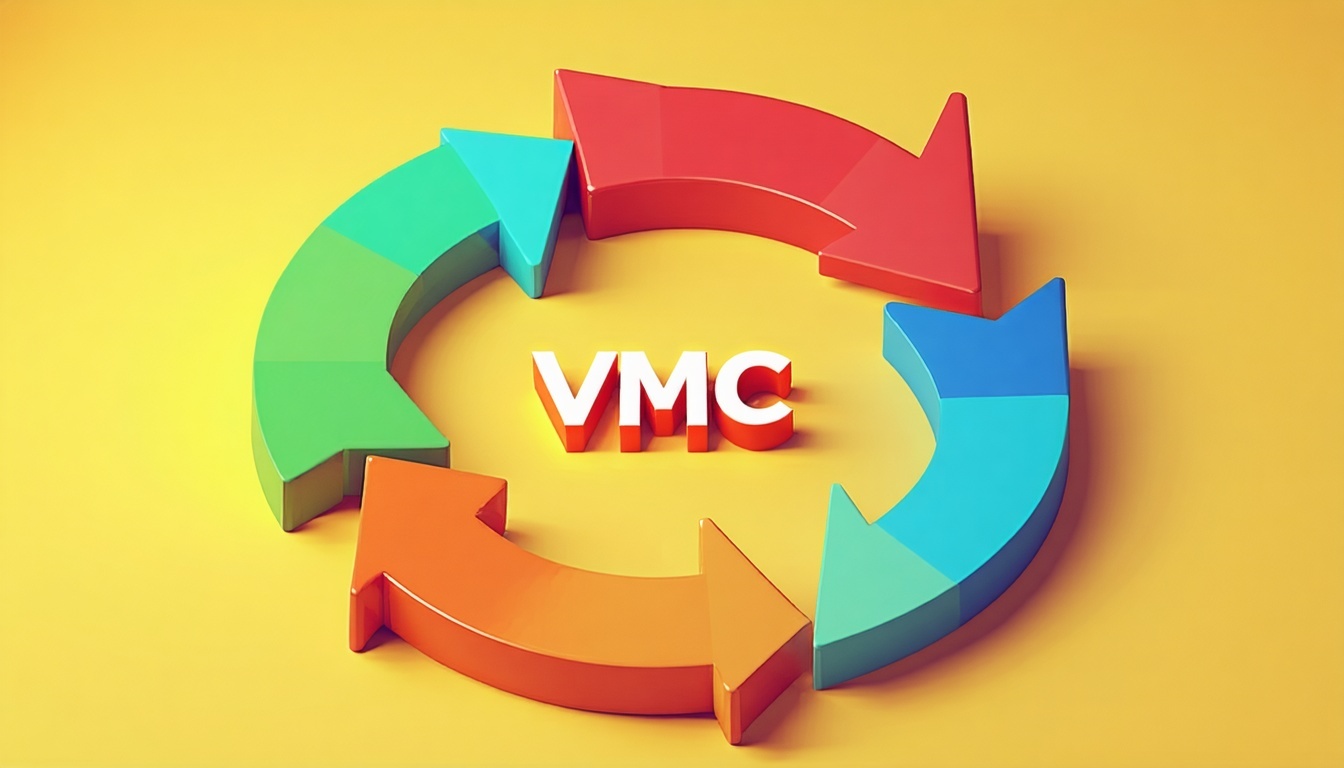
Phased vs. immediate rollout: Strategic approaches to BIMI implementation
Understanding BIMI Implementation Strategies
When planning for BIMI (Brand Indicators for Message Identification), organizations must decide between a phased rollout—introducing BIMI in stages—or an immediate (big bang) rollout, where BIMI is implemented all at once across the organization. Each approach offers distinct advantages and challenges, and the right choice depends on your organization’s size, resources, experience, and risk appetite.
The Phased Rollout Approach
A phased rollout introduces BIMI gradually, often starting with select domains, business units, or email streams before expanding organization-wide.
Benefits of a Phased Rollout
- Early risk reduction: Allows issues to be identified and addressed early in the process.
- Process refinement: Provides opportunities for feedback and process improvement before full deployment.
- Incremental expertise: Enables the team to build expertise and confidence step by step.
- Minimized disruption: Reduces disruption to business operations, especially for larger organizations or those with complex email infrastructures.
When to Consider a Phased Rollout
- Limited resources or competing priorities: Teams may face resource constraints or have other high-priority initiatives.
- Complex technical requirements: Unfamiliar elements such as DMARC configuration or logo formatting can create challenges.
- Pilot testing and gradual adoption: Organizations may prefer to test on a small scale before full rollout.
- Stakeholder buy-in and change management: Securing support and managing change across departments may be necessary.
Challenges of a Phased Rollout
- Extended timeline: Longer overall timeline for full BIMI adoption.
- Inconsistent brand presentation: Potential for inconsistent brand presentation during the transition period.
- Ongoing coordination required: Requires continuous coordination and communication between teams.
The Immediate (Big Bang) Rollout Approach
An immediate rollout launches BIMI across all applicable domains and email streams simultaneously.
Benefits of an Immediate Rollout
- Rapid brand consistency: Achieves organization-wide brand consistency quickly.
- Faster benefits realization: Enables quicker realization of BIMI’s advantages, such as improved email trust and visibility.
- Simplified communication and training: Streamlines communication and training by focusing on a single launch event.
When to Consider an Immediate Rollout
- Sufficient resources and dedicated teams: Adequate resources and dedicated project teams are available to support implementation.
- High urgency: There is a strong need for brand protection or regulatory compliance.
- Experience with BIMI prerequisites: The organization is already familiar with SPF, DKIM, DMARC, and SVG logo creation.
- Low risk tolerance for staggered rollout: The organization prefers to avoid the risks of inconsistent brand appearance.
Challenges of an Immediate Rollout
- Higher risk exposure: If unexpected issues arise, all domains are affected at once.
- Increased resource demand: Greater demand on resources and support during the launch period.
- Limited incremental learning: Less opportunity for incremental learning or feedback throughout the process.
Key Factors in Choosing Your BIMI Rollout Strategy
- Assess available resources: Evaluate the time, team, and budget you have for BIMI implementation.
- Evaluate complexity: Consider the complexity of your email environment and BIMI prerequisites.
- Consider risk tolerance: Assess your organization’s risk tolerance and change management needs.
- Determine urgency: Decide how quickly you need to achieve results or compliance.
- Value of pilot feedback: Decide if gathering feedback from a pilot is important before full adoption.
Best Practices for a Successful BIMI Implementation
- Email authentication alignment: Ensure all email authentication (SPF, DKIM, DMARC) is properly configured and aligned.
- SVG logo and VMC preparation: Prepare a compliant SVG logo and obtain a Verified Mark Certificate if required.
- Clear stakeholder communication: Communicate the rollout plan clearly to all stakeholders.
- Monitor and adjust: Monitor results and be ready to adjust the approach as needed.
- Consultancy support: Engage Bimicertifications.com consultancy for expert assistance.
Unsure which rollout strategy to use?
Find more guidance in our BIMI implementation and planning FAQ section.
Both phased and immediate rollout strategies can lead to successful BIMI implementation. The right approach depends on your resources, risk profile, and organizational goals. Our team can help you chart the best path forward for your brand.



